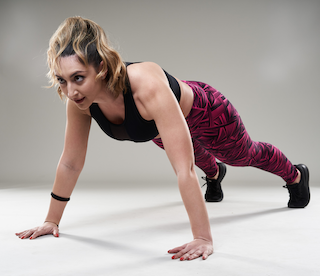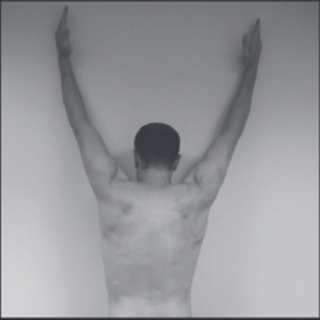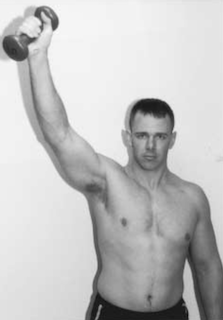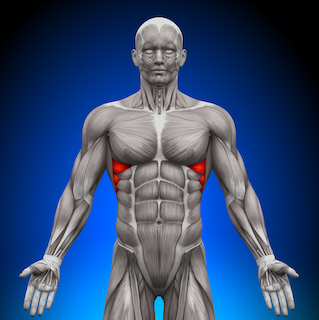Serratus Anterior
Serratus Anterior is crucial for the movement and stabilization of the shoulder blade (scapula). It helps to rotate the scapula and allows the arm to be raised above the head. Additionally, the serratus anterior plays a key role in the movement of the arms and shoulders, making it essential for activities that involve pushing, punching, or lifting.
Its name, “serratus,” refers to its serrated appearance, resembling a saw’s edge, as it attaches to the ribs and the scapula.
Serratus Anterior
Anatomy
[Origin]
- External surfaces of lateral parts of 1st-8th ribs
[Insertion]
- Anterior surface of medial border of scapula
[Action]
- Protracts scapula and holds it against thoracic wall
- Rotates scapula
Clinical Relevance
Scapular Winging
When the serratus anterior is weak or paralyzed owing to injury to the long thoracic nerve, the medial border of the scapula moves laterally and posteriorly away from the thoracic wall, giving the scapula the appearance of a wing, especially when the person leans on a hand or presses the upper limb against a wall. When the arm is raised, the medial border and inferior angle of the scapula pull markedly away from the posterior thoracic wall, a deformation known as a “winged scapula”
In addition, the upper limb may not be able to be abducted above the horizontal position because the serratus anterior is unable to rotate the glenoid cavity superiorly to allow complete abduction of the limb
~ Evidence-Based Exercises ~
According to an EMG study, the exercises that demonstrated significant muscle contractions of Serratus Anterior are;
- Push-Up Plus
- Wall Slide
- Shoulder abduction in the scapular plane above 120° and a diagonal exercise with a combination of shoulder flexion, horizontal flexion, and external rotation
Push-Up Plus

Wall Slide

Shoulder Flex/Abd/ER

< Reference >
- Keith L. Moore, Anne M. R. Agur, Arthur F. Dalley. Moore Clinically Oriented Anatomy 7th Edition, Lippincott Williams & Wilkins, 2013
- Ludewig PM, Hoff MS, Osowski EE, Meschke SA, Rundquist PJ. Relative Balance of Serratus Anterior and Upper Trapezius Muscle Activity during Push-Up Exercises. Am J Sports Med. 2004;32(2):484-493. doi:1177/0363546503258911
- Hardwick DH, Beebe JA, McDonnell MK, Lang CE. A Comparison of Serratus Anterior Muscle Activation During a Wall Slide Exercise and Other Traditional Exercises. J Orthop Sports Phys Ther. 2006;36(12):903-910. doi:2519/jospt.2006.2306
- Ekstrom RA, Donatelli RA, Soderberg GL. Surface electromyographic analysis of exercises for the trapezius and serratus anterior muscles. J Orthop Sports Phys Ther. 2003;33(5):247-258. doi:2519/jospt.2003.33.5.247


